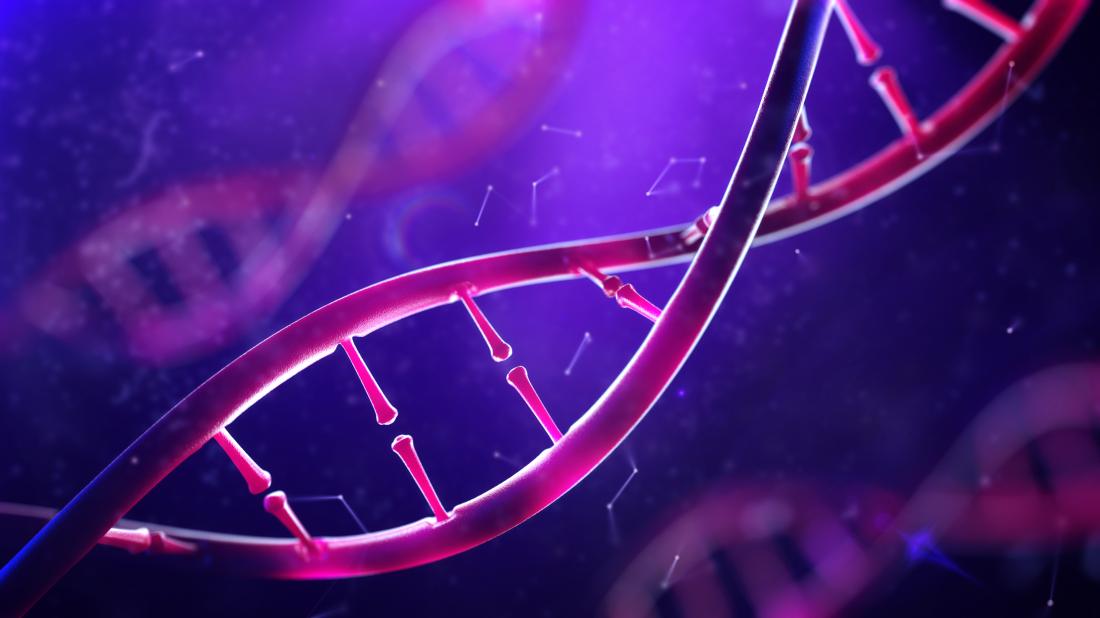Liver health in HIV: This gene indicates new therapeutic targets

A gene that helped protect our ancestors from a devastating plague outbreak may also help protect liver health in people with HIV, a new study finds.
The bubonic plague, or the “black death,” most likely wiped out about half of the population of Medieval Europe.
Some studies have shown that people who survived outbreaks of the plague in the past most likely had a mutation, called the CCR5-delta 32, in the CCR5 gene.
Now, researchers at the University of Cincinnati in Ohio, the University of Maryland in College Park, and the Research Triangle Institute near Bethesda, NC, are looking at whether the same genetic mutation could help protect people with HIV and hepatitis C from life-threatening liver damage.
The investigators — led by Dr. Kenneth Sherman — worked with two groups of participants: the first cohort had enrolled in the Multicenter Hemophilia Cohort Study, and the second cohort was taking part in a clinical trial for an experimental drug treating HIV.
The new study’s findings appear in the journal Clinical Infectious Diseases.
A genetic mutation with surprising benefits
In the first part of the study, the team analyzed data from participants in the Multicenter Hemophilia Cohort Study, which included people who, in the 1980s, received treatment for hemophilia (a bleeding disorder).
At that time, these people came into contact with improperly sanitized medical objects that carried HIV and the hepatitis C virus.
“If [these individuals] did not succumb to complications of HIV early on, many of them went on to have rapidly progressive liver disease that we now know occurs in the setting of untreated hepatitis C and HIV infection,” explains Dr. Sherman.
“This is a group that has a rapid progression of liver fibrosis. The question we asked,” he says, was, “‘Is there is a subset of people who carry the gene that leads to a defect in CCR5, which is a receptor for some key elements of the immune system that modulate inflammation?'”
Looking at this cohort, the researchers focused on the data of those who had provided all the relevant health information for a period of 4 years.
In this group, the scientists tried to find those who showed signs of liver fibrosis (scarring) — which indicates damage in this organ — and whether or not they carried the CCR5-delta 32 genetic mutation.
CCR5-delta 32, the team explains, supports the health of people with HIV because it affects the CCR5 receptor. This is the main “gateway” that the virus uses to enter specialized immune cells and destroy them.
“Our belief was that this gene mutation would confer an advantage to individuals who have it in terms of their lowered risk of developing progressive liver fibrosis,” Dr. Sherman says.
He adds, “We matched patients with and without the gene mutation and used measures of hepatic fibrosis that involved the use of a biomarker panel called the ELF Index (enhanced liver fibrosis).”
“It turned out that the patients who had the mutation appeared to have less fibrosis progression by the measure that we used than those who did not have the mutation.”
“That was evidence that the presence of a CCR5 mutation was possibly altering the rates of fibrosis progression in patients infected with hepatitis C and HIV.”
-Dr. Kenneth Sherman
Promising clinical trial results
The participants in the second cohort included people with HIV but no known liver disease. These had joined a clinical trial testing Cenicriviroc, an experimental drug that can block the CCR5 receptor and so potentially stop HIV’s activity.
Cenicriviroc is also able to block another, similar receptor called CCR2.
After 1 year of taking the experimental drug, the participants who had taken higher doses showed fewer signs of liver fibrosis, suggesting that they had become less exposed to liver failure.
“If CCR5 and/or CCR2 lead to a decrease in fibrosis regardless of the source of it, we can prevent the consequences of liver injury,” notes Dr. Sherman.
“Medications that people take for HIV treatment sometimes cause fatty liver, and other forms of liver injury,” he warns.
“We don’t have agents that protect the liver from nonspecific injury at this time,” Dr. Sherman adds, saying, “If CCR5 and CCR2 are central to the pathways that lead to liver scarring then perhaps that injury can be modulated through CCR5 and CCR2 blockade.”
If future research offers additional evidence about the effectiveness of drugs targeting the two key receptors, this may change the face of HIV treatments in order to better protect liver health.
“It is possible that someday all patients with HIV may be treated with a blocking agent as part of their HIV drug cocktail designed to protect the liver and regain and maintain liver health,” Dr. Sherman suggests.
Courtesy By :- Medical News Today



